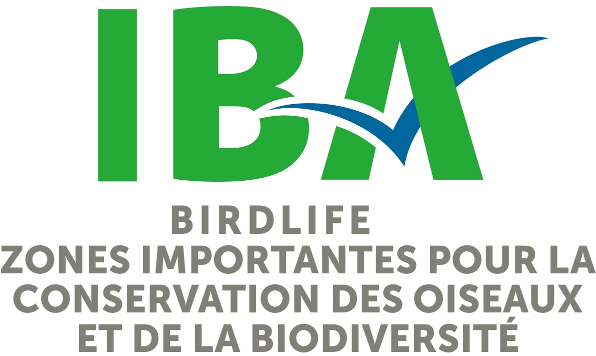South Saskatchewan River (Empress to Lancer Ferry) (SK046)
Leader, Saskatchewan
Description du site
This stretch of the South Saskatchewan River runs from the Alberta/Saskatchewan border eastward to the ferry crossing at Lancer. It includes the forks where the Red Deer River joins the South Saskatchewan River. The South Saskatchewan River is a fast-flowing river that courses through a narrow flood plain, while the Red Deer is a much slower river that meanders through a wide flood plain. The riparian woodlands of the Estuary-Leader area are the largest remaining riparian woodlands on the South Saskatchewan River between Medicine Hat, Alberta, and Gardiner Dam, Saskatchewan. In addition to this, it is the largest area of deciduous woodland in the south between the Cypress Hills and the aspen parkland regions, 200 km to the north. Wooded areas along the riverbank are dominated by Eastern Cottonwoods while stands of Manitoba Maple occur in the valley near the confluence of these two rivers. The Peach-leaved Willow is the dominant tree species along the Red Deer River above the forks. The westernmost population of Green Ash can be found near Estuary Ferry. Further eastward along the river, eroded cliffs along the riverbank and associated coulees provide breeding sites for raptors. Most of the uplands, above the river valley are cultivated for agriculture, although some native prairie does exist.
Oiseaux
A rich diversity of breeding and migrating water and landbirds are found at this site. Over 20,000 Canada Geese, representing about 3.6% of the estimated Short-Grass Prairie population have been recorded along this water system during fall migration. In addition to the geese, over 3,816 ducks have been observed in these waterfowl congregations. Small numbers of Canada Geese also breed here.
Rare species found at this site include: 18 breeding Long-billed Curlew (nationally vulnerable), 1 pair of Piping Plovers (globally vulnerable, nationally endangered), the nationally threatened Loggerhead Shrike (prairie population), Short-eared Owl, Ferruginous Hawk and 1 to 3 pairs of Red-headed Woodpecker (all three species nationally vulnerable). This is the only location in Saskatchewan where Red-headed Woodpeckers regularly occur.
Other birds of interest found at this site include: Prairie Falcon (5 nest sites, plus 3 historic), Turkey Vulture (1 nest), Golden Eagle (3 nests), Great Horned Owl (4 pairs), Western Screech Owl (1 record), Pileated Woodpecker, Western Wood Pewee, Rock Wren, Alder Flycatcher, Yellow-breasted Chat (provincially high concentrations) and a small colony of Great Blue Herons.
Despite the fact that much of this area has yet to be investigated thoroughly for birds, 132 species have been recorded in this region.
Enjeux de conservation
Overgrazing in this area was evident in 1998. Irrigation farming is particularly damaging to the riparian ecosystem as all trees are removed to allow movement of irrigation sprinklers. There is growing pressure to build a dam in this area at the Alberta/Saskatchewan border. If built, this dam would have catastrophic effects on the riparian woods similar to what happened in this river valley further to the east in 1958 with the construction of Gardiner Dam further downstream on the South Saskatchewan River near Outlook. The Red Deer Forks area was identified as a candidate wildlife area under the International Biological Programme.
Catégories ZICO Habitats Usages Menaces Potencielles ou Existantes Status de Protection

